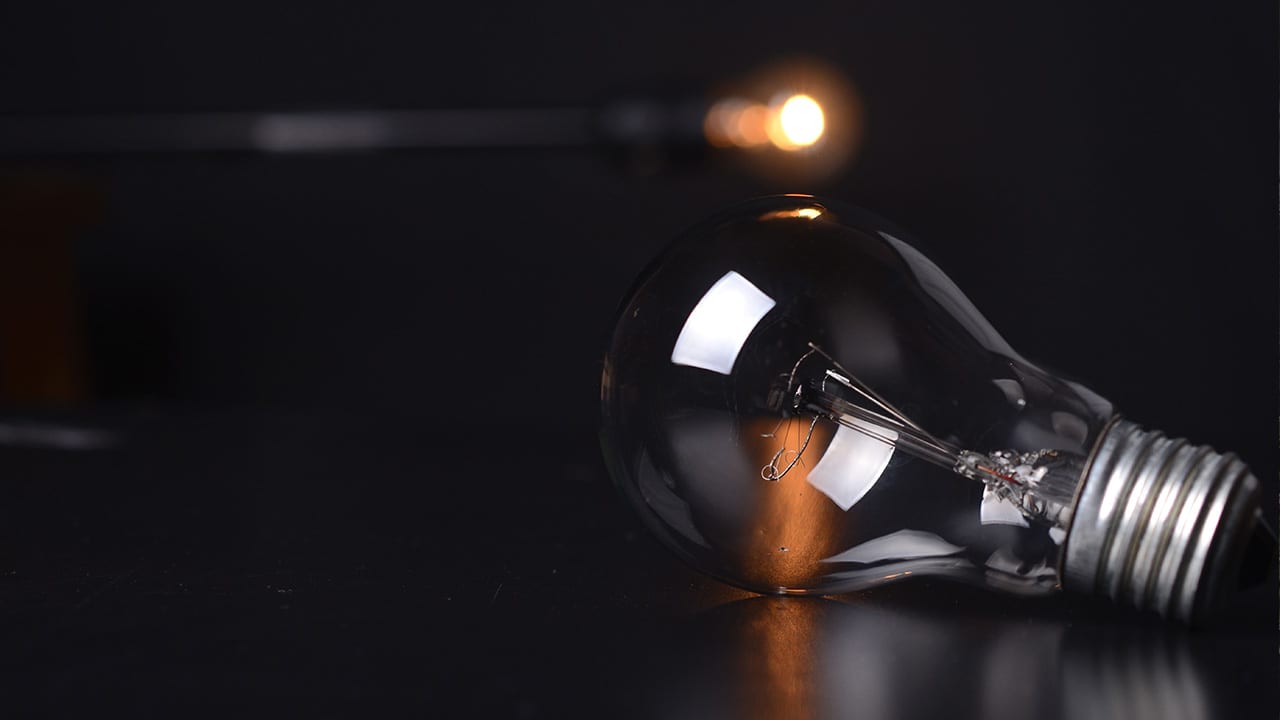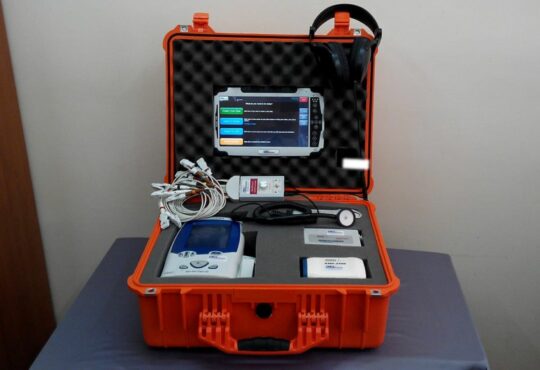Watts, Lumens or Lux?
Quantifying light is never easy. Back in the day, everyone knew that a 100-watt light bulb was bright, a 60 watt so-so, and 40 watt was best used where you needed some but not a lot of light.
But that was before the short-lived era of spiral fluorescent light “bulbs” that were “100 watt-equivalent,” and before the current era of LED lights that are also still sold by how many watts equivalent to an old incandescent bulb they generate. The brightness of LED bulbs is also stated in lumens and sometimes lux.

Figuring out what lumens (“the total quantity of visible light emitted by a source”) and lux (“a unit of measurement for illuminance”) mean is too complicated to be useful in real life. And so for as long as people remember how bright a “real” 100-watt light bulb was, newer technology light bulbs will probably be sold as so and so many watts “equivalent.”
What does all of that have to do with backlights? Not that much. Only that describing the strength of a backlight is just as complex and confusing as it is with light bulbs. So how is it handled?





